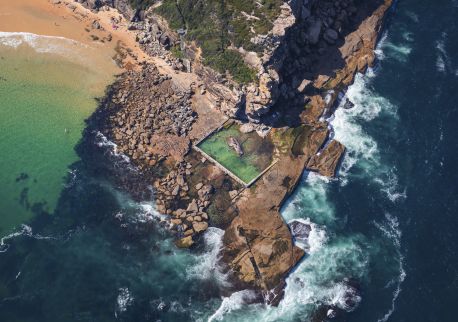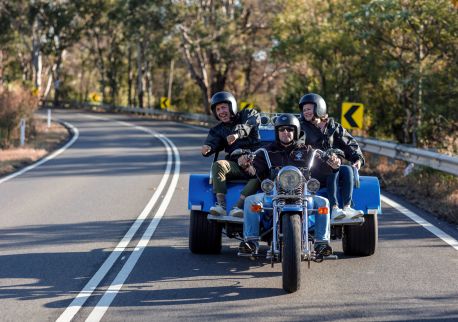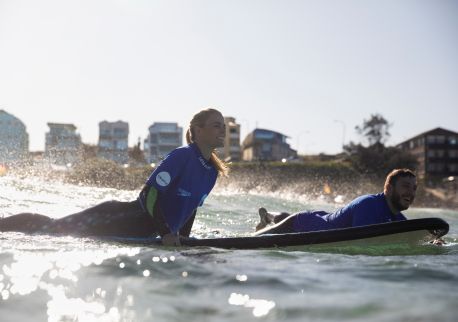ELEVATE Sydney FAQs
Is ELEVATE Sydney a ticketed event, and what does my ticket include?
Is ELEVATE Sydney a ticketed event, and what does my ticket include?
Tickets to ELEVATE Sydney are free but bookings are essential. Stay up to date at elevatesydney.com for any upcoming ticket releases.
Guests will also have the option to add a Long Bar food and beverage package for $50 per person for this unique Sydney-only experience. Along with a seat at the Long Bar, ticket-holders with the food and beverage package will be treated to a glass of NSW wine or beer, served with a grazing selection featuring the finest in NSW produce. Each seating at the Long Bar will run for 60 minutes, and Long Bar ticket holders are welcome to enjoy the rest of the ELEVATE Sydney festival site and mainstage entertainment before or after their Long Bar experience.
Who is performing at ELEVATE Sydney?
Who is performing at ELEVATE Sydney?
The ELEVATE Sydney 2023 lineup includes Client Liaison (DJ), Thelma Plum, Ruby Fields, Amy Shark, Mallrat, Becca Hatch, The Veronicas, Betty Who, the Bluey & Bingo Live Interactive Experience, Sampa The Great, Wafia and many more. For a full list of artists and entertainment, check out the website elevatesydney.com.
What is the “world’s longest bar”?
What is the “world’s longest bar”?
ELEVATE Sydney 2023 will also introduce the world’s longest bar during the festival period, which will stretch 127 metres along the Cahill Expressway. Open 4-7 January 2023 during ELEVATE Social in the afternoons and ELEVATE Nights, the Long Bar will welcome 200 guests at each session who will be able to drink in the views of Sydney Harbour from this unique vantage point while also enjoying the very best of NSW food and wine.
What time will the SkyShow be on?
What time will the SkyShow be on?
Every evening of the festival will close with the SkyShow at approximately 10.30pm, pending weather conditions, with those on the festival site on the Cahill Expressway above Circular Quay having the ultimate view of the show.


















